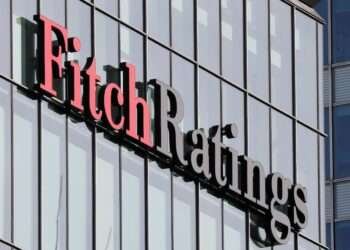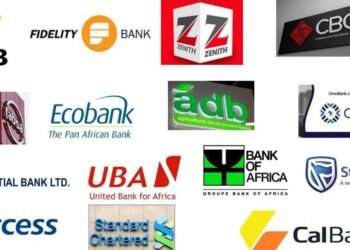Banks’ subscription of government’s domestic debt instruments is on the rise as they are attracted to the high yields on these debt instruments. In the wake of the pandemic, businesses have been struggling and the risk to lend to the private sector has become a problem for banks.
Moreover, Economic rebound from the adverse effect of the Covid-19 pandemic, has been slow. This, in part, can be attributed to private sector not being able to secure funds from the banking sector to finance its operational activities.
This is as a result of the banking sector’s voracious appetite for government’s debt securities. Ghana’s banking sector have in its possession half of the country’s domestic debt instruments. This further indicates the banking sector has found a safe haven in investing in government instruments rather than channelling funds to the private sector.
May 2021 statistical bulletin from the Bank of Ghana (BoG) reveals that the total domestic debt amounted to GH¢ 171.1 billion as of May this year. The Bank of Ghana and commercial banks which form the banking sector hold GH¢ 86.5 billion representing about 50 percent (50%) of the total domestic debt.
Furthermore, a breakdown of the amount of debt stock held by the banking sector indicates that, out of the GH¢ 86.5 billion held by the sector, the commercial banks hold GH¢ 51.8 billion whereas the Bank of Ghana holds GH¢ 34.6 billion. This attests to the active participation in the bond and treasury bill market by the commercial banks.
Meanwhile, the amount of debt stock held by the non-bank institutions which include SSNIT, rural banks, insurance companies, pension firms, other institutions, and individuals sums up to about GHs 51.5 billion. The remaining GHs 33.6 billion which represents 20 percent (20%) is held by non-residents.
Additionally, concerns raised by the Monetary Policy Committee (MPC) of the Bank of Bank reveals that there has been an abrupt growth decline in lending to the private sector by the banks. This, the MPC disclosed is due to the bank’s evolving inordinate taste for government debt instruments.
“The growth rebound that began in the last quarter of 2020 has continued into the first half of 2021. However, the Committee is concerned about the continued sluggishness in new lending by banks which could undermine the growth momentum.
“This crowding-out effect continues to keep the credit to GDP gap below long-term trend and is likely to delay recovery of the economy and discourage banks from strengthening their credit underwriting processes to manage credit risks from lending to underserved sectors on the economy.”
Monetary Policy Committee
Although the MPC admits the rise in credit risk associated with the pandemic could be a contributing factor influencing the bank’s investment preferences, it further disclosed that the banks are simply taking advantage of the government’s borrowing from the domestic market.
This development the MPC fears will have a crippling effect on the economy at large, especially at this time when businesses need financial cushioning to enhance their operations.
“This slow growth in lending reflects increased credit risks on account of uncertainties in the business environment due to the impact of Covid-19 pandemic on the real sector, coupled with very high yields offered on government securities due to increased government borrowing.”
Monetary Policy Committee
READ ALSO: Speak to your banks to assist you on the use of GhQR code – Mr. Archie Hesse





















